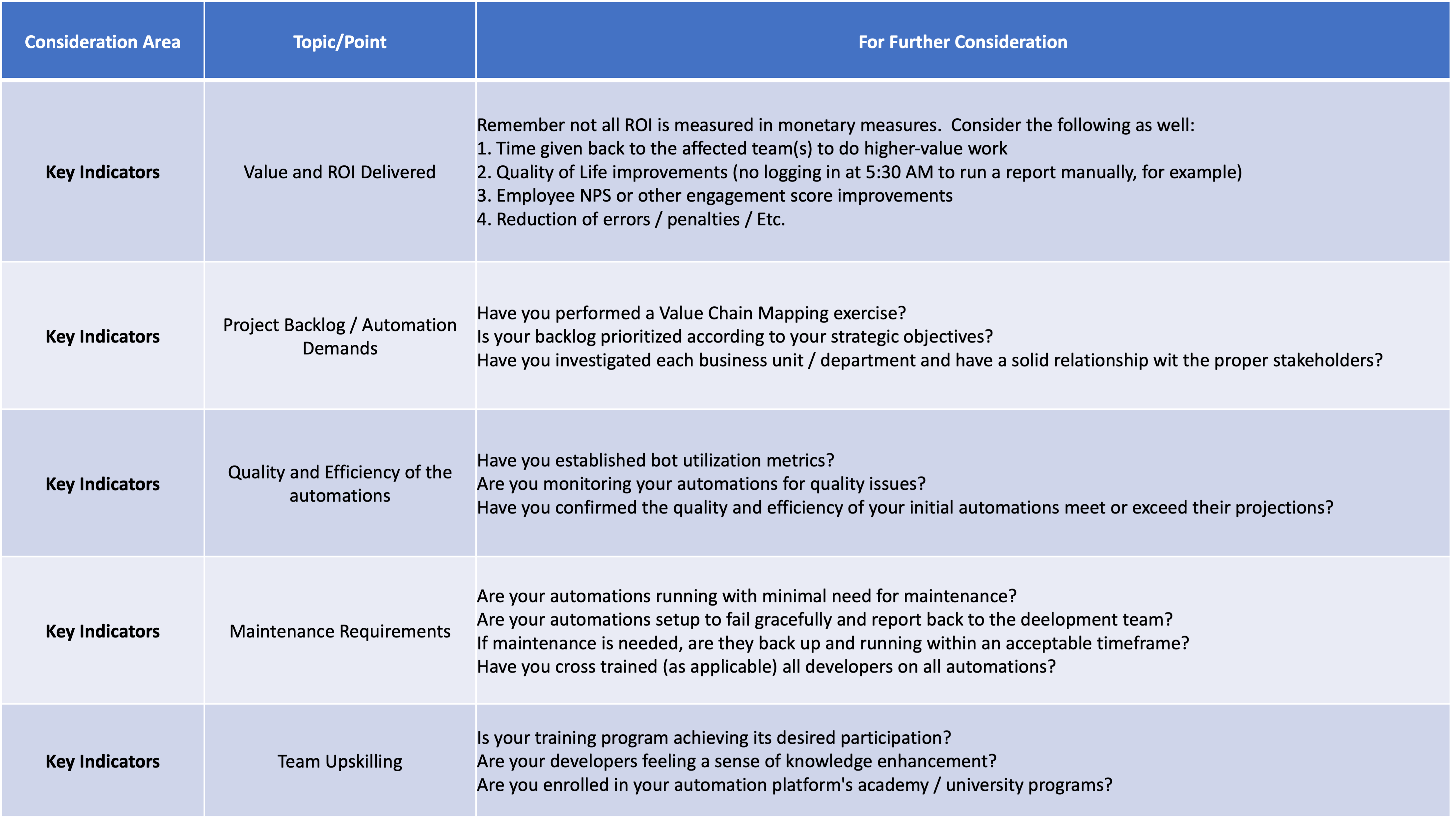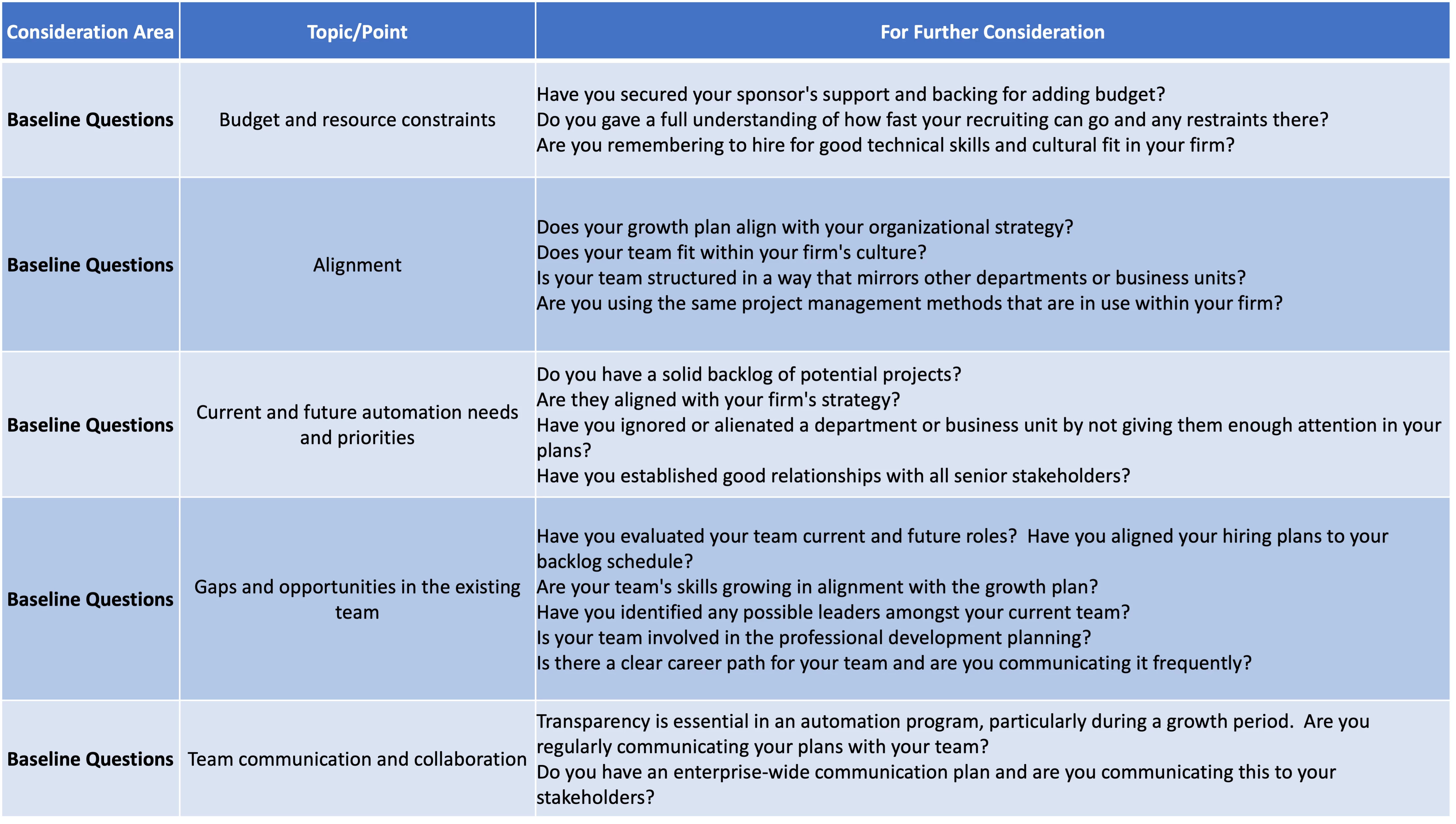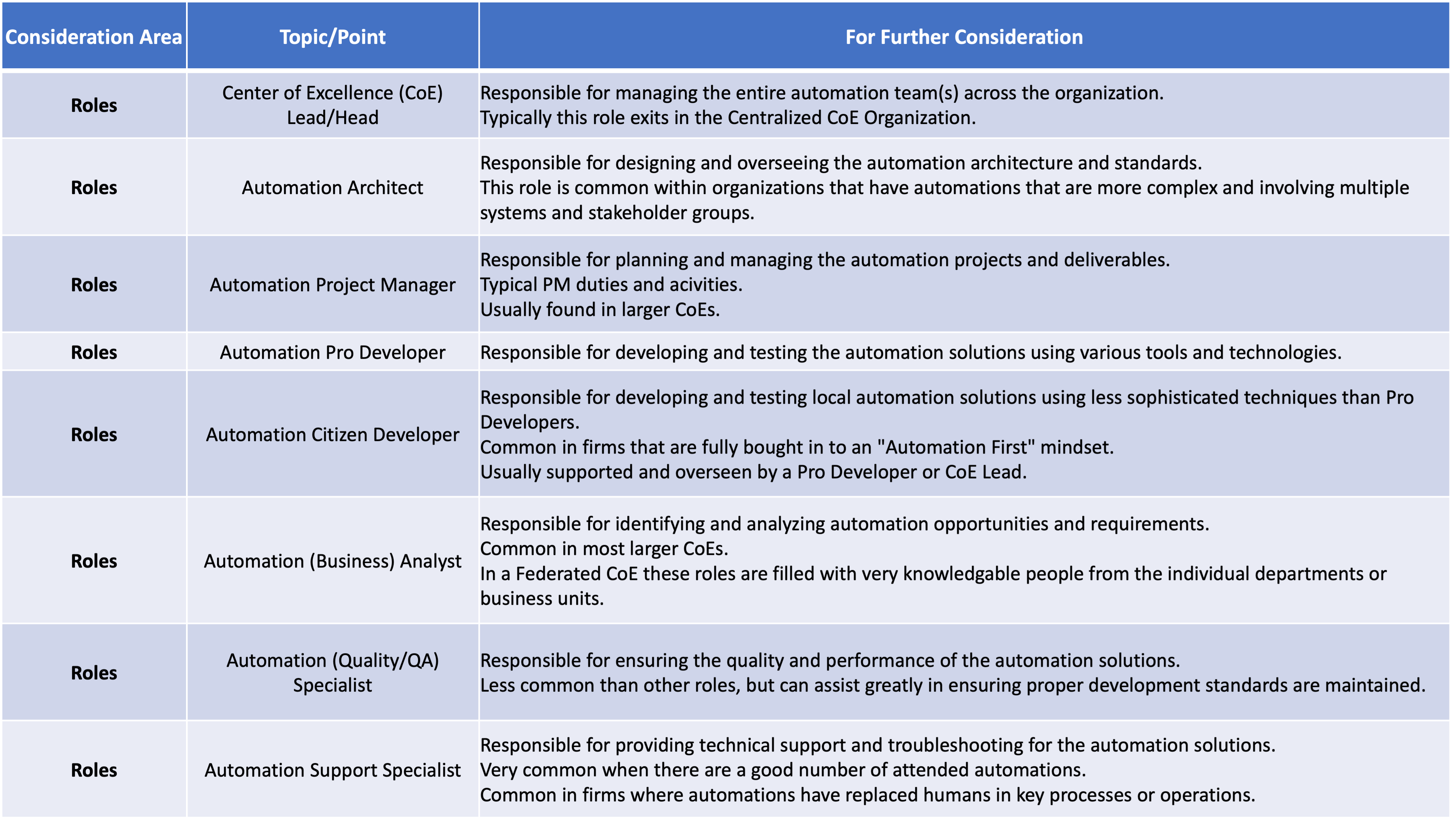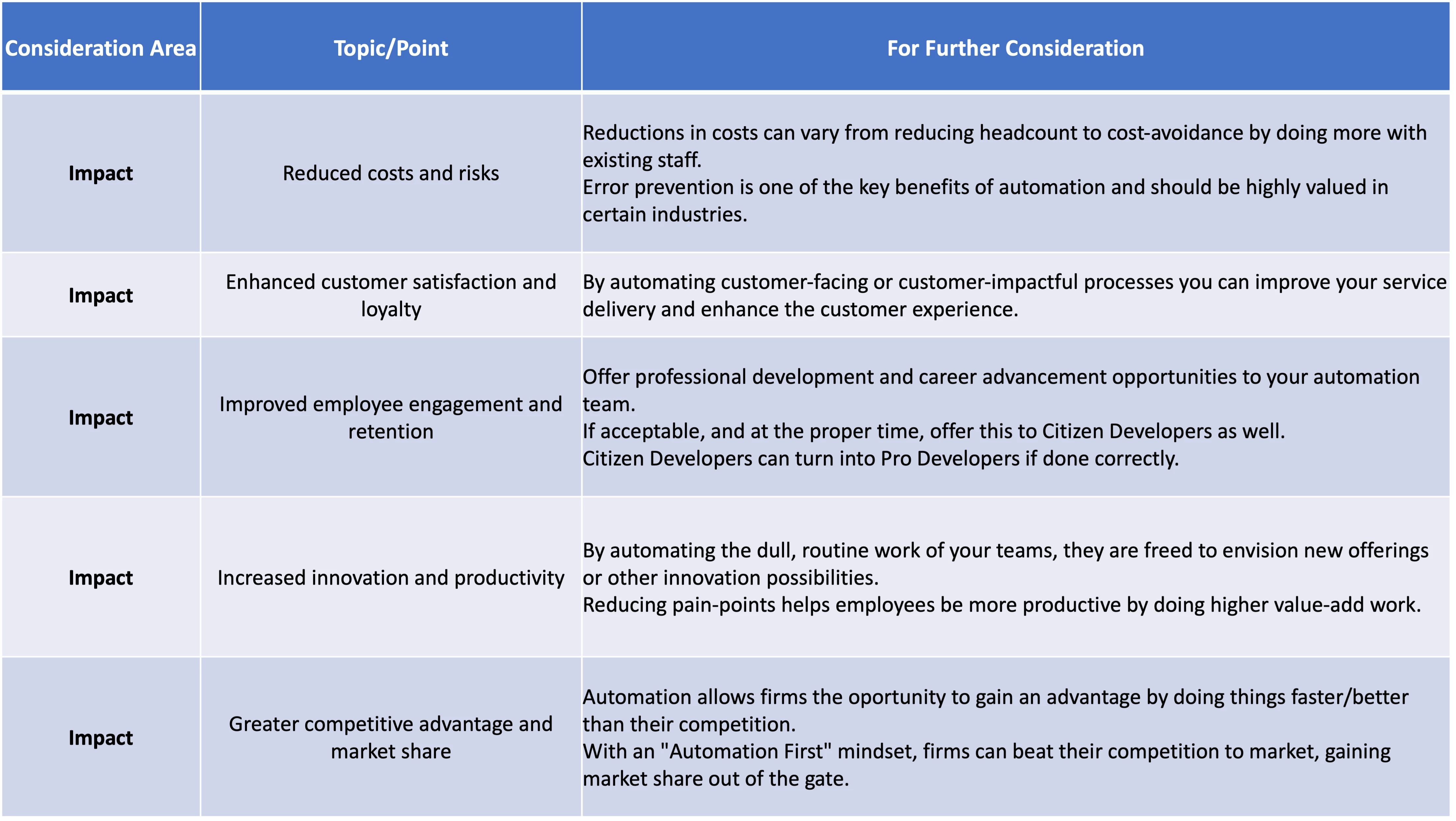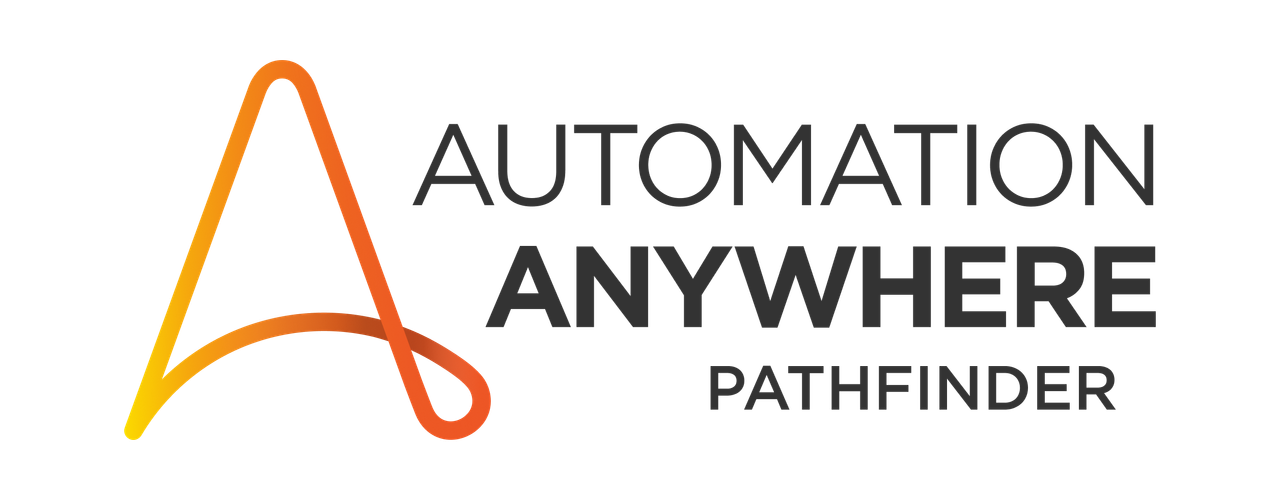Introduction
Hello again, and welcome to Part II of my blog series on how to build an automation team for long term scale and growth. Part I focused on establishing the foundation of your team by asking some key questions about your organization's strategy, culture, structure, and project management approach. I emphasized the importance of having clear roles, responsibilities, expectations, vision, and communication for the team members. I also provided some examples of different types of teams based on different organizational models and suggested some best practices for creating a successful automation team.
In this post, I will be moving on to the next stage which covers how and when to grow your team. I will cover the key indicators you need to monitor, the questions you need to address as you begin discussing your team's growth, what roles should you consider expanding or creating, and what the impact will be on your organization during and after this growth period. One thing to keep in mind is these suggestions are just that—suggestions. Your organization, your automation team, and your needs may not match all or any of the ideas I discuss here. It is my hope that you may benefit from some of my experiences and apply the methodologies I will describe to your unique situation to create your own custom plan.
Key Indicators
The most important key indicators in most automation programs can be grouped into four basic areas:
- Demonstrated value and ROI (return on investment) of automation to the organization
- Increased demand for intelligent automation solutions from business units
- Improved quality and efficiency of automation delivery and maintenance
- Enhanced skills and capabilities of the automation team members
You may or may not see positive results in all four areas, but you must see them in at least one before considering a growth initiative within your automation team. At the minimum, you should observe increased demand because without that, there may not be a need to expand. Sometimes driving these key indicators will require an internal sales & marketing campaign where you’ll need to "sell" the benefits of intelligent automation across the organization. Additionally, you usually need to see positive ROI in one aspect or another.
Baseline Questions
Once you have determined you’re ready to begin the growth process, consider the questions below to establish a baseline, then document your unique follow-up questions based on your organizational responses.
- What are the budget and resource constraints and implications of expanding the team?
- How will the expanded team align with the organization’s strategy, culture, structure, and project management approach?
- What are the current and future automation needs and priorities of the organization?
- What are the gaps and opportunities in the existing team’s roles, responsibilities, skills, and competencies?
- How will the expanded team communicate and collaborate with each other and with other stakeholders?
There must be a budget available, and you need to understand the budget constraints over time. As often as we in the automation industry continue to repeat ourselves, I will again say: you must ensure your automation program is aligned with your corporate strategy. You must also ensure your automation team is aligned culturally, sharing both the corporate structure and process management methodologies. You will see continual challenges if you are running your program in a different manner than the rest of your firm. Furthermore, competency planning and making sure to address the team's skills are particularly key areas during growth. Finally, ensuring the communication and ways-of-working are in place within your program, as well as externally to the various stakeholders is also critical.
Roles
Based on your budget and the discussions around the other topics, determine which functions from this list need additional capacity:
- Center of Excellence (CoE) Lead/Head: responsible for managing the entire automation team(s) across the organization
- Solution Architect: responsible for designing and overseeing the automation architecture and standards
- Project Manager: responsible for planning and managing the automation projects and deliverables
- Pro Developer: responsible for developing and testing the automation solutions using various tools and technologies
- Citizen Developer: responsible for developing and testing local automation solutions
- Business Analyst: responsible for identifying and analysing automation opportunities and requirements
- Quality/QA Specialist: responsible for ensuring the quality and performance of the automation solutions
- Support Specialist: responsible for providing technical support and troubleshooting for the automation solutions
Make sure you have done the necessary due diligence to have a documented (at a minimum, draft) plan for the next 6 to 12 months in terms of business units being addressed, rough timelines on process discovery, development, client testing, and other data points required to do proper staff planning. In my personal experience, your first growth is likely to be more successful if you retain a centralized structure for the time being. I recommend waiting for the second or third growth stage to begin moving to a different model if it is best for your organization. Automation Anywhere has many resources on how to morph from one model to another—you can find just one example of their resources below. Additionally, adding citizen developers during your first growth stage may prove too much, too soon. Waiting until your team has established a more successful sense of belonging in the organization, as well as expanded into multiple business units, will result in an easier progression into citizen development becoming part of the program.
Impact
Finally, identify, discuss, and share the projected impact that program growth will produce for your firm. Make sure your growth plans include the necessary stakeholder involvement to align your plans with their needs and strategic objectives. Leading with strategic alignment in mind, consider these benefits as a starting point:
- Reduced costs and risks through optimized resource utilization and error prevention
- Enhanced customer satisfaction and loyalty through improved service delivery and experience
- Improved employee engagement and retention through skill development and career advancement opportunities
- Increased innovation and productivity across business processes and functions
- Greater competitive advantage and market share through differentiation and value creation
Depending on your organization, you will be able to easily identify one or more of these areas for impact. You may need to communicate these to various stakeholders to get buy-in, but if the gains are meaningful and you have the necessary budget and sponsor backing, you should be able to obtain stakeholder agreement and support. Ensure you identify how time savings are going to be reused, how data on the applicable metrics will be measured and monitored, and how any innovation or differentiation efforts will be developed and deployed.
Conclusion
How and when to grow your team is an important stage in your automation journey. Properly growing your team will drive more success across different processes and business units. Failure to grow successfully may not necessarily doom your program, but it will put a black mark on it and potentially cause problems that will delay you substantially. This means that ensuring you are following a regimented process for identifying your key indicators, the questions you need to consider, the roles you need to consider, and the impact on your organization are crucial. Trying to grow without a plan will fail in almost every instance, your stakeholders will become disillusioned, and your executive sponsor may begin to withdraw support and/or budget.
Below is a checklist that you may find useful as you work through these questions.
I hope you have found this post helpful. Also, I hope you can use the checklist or, at a minimum, some of the concepts in the post to drive successful automation program growth.
Lastly, I urge you to join the Automation Anywhere Pathfinder Community to connect with other automation leaders and learn from their experiences as well.
Checklist
